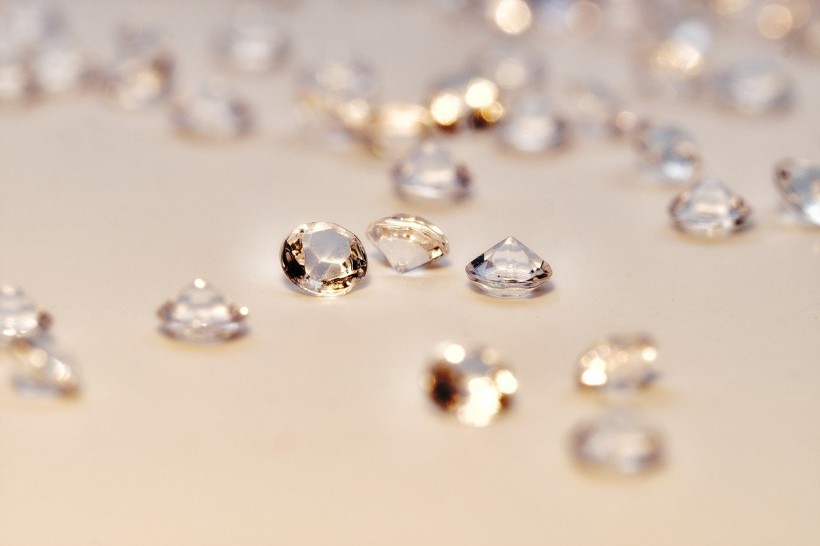The James Webb Space Telescope (JWST) will explore Uranus and Neptune, two of the many exciting, mysterious objects in the universe. With an atmosphere primarily made up of hydrogen, helium, and methane, and high temperature and pressure, carbon atoms could form diamonds and rain down on these ice giants.
Researchers from SLAC National Accelerator Laboratory's Linac Coherent Light Source (LCLS) even recreated this unique weather event in a laboratory setup to confirm it really rains diamonds on the two planets. Scientists will be exploring Uranus and Neptune using the JWST to gain insights about them further.

Diamonds Are Falling in Uranus and Neptune: What Will the James Webb Space Telescope See Inside Them
It's Raining Diamonds in Uranus and Neptune
Talking to Jim Green for the recent Gravity Assist episode, astrophysicist Naomi Rowe Gurney shares what could be inside Uranus and Neptune and discusses the telescope's upcoming observations on the two icy giants. She said that it will provide new insights into the star systems that scientists are studying.
Gurney is a postdoctoral research associate at the Goddard Space Flight Center and now specializes in studying Uranus and Neptune using JWST to find out more about these ice giants.
The last mission sent to observe those two planets was the Voyager 2 in the 1980s. However, there were no follow-up missions after that. Gurney said that it takes a proper mission to look at the gravity of those planets and figure out what is happening inside them.
Given the data scientists have about Uranus and Neptune, they found that high levels of methane in their atmosphere make them look blue. They also observed how the atmosphere interacts with the sun as the methane in the atmosphere breaks down into hydrocarbons. But since there is still more to learn about its atmosphere, input from the telescope will greatly help.
Gurney also explains in the podcast how diamonds form in the atmosphere of the ice giants. She said that extreme temperatures help form diamonds in the atmosphere and they accumulate that they become heavier and rain down after some time. But unfortunately, humans could not go there to grab some due to the conditions inside the planets.
When asked if the ice giants also have lightning or spectacular forms like sprite as seen on Earth, Gurney said that previous studies show there are indeed those things as well in Uranus and Neptune. The Voyager missions using plasma wave experiments have proven that.
Although scientists have also used the Hubble Space Telescope in the past, Gurney said that it will be different from JWST. Whereas Hubble uses near-infrared and visible wavelengths to look at what's happening in every visible color, JWST will use mid-infrared that senses a little bit higher than those visible and near-infrared wavelengths where the interesting chemistry is going on.
ALSO READ: It's Raining Diamonds in Neptune and Uranus, but How Is This Possible?
Other Planets Where It Also Rain Diamond
In 2013, BBC News reported that atmospheric data for the gas giants Jupiter and Saturn reveal carbon is abundant in crystallized form. Researchers said lightning storms cause methane in the atmosphere to turn into soot or carbon that hardens into chunks of graphite and becomes diamond over time.
They presented their findings at the 45th Annual Meeting for Division for Planetary Sciences (DPS Meeting), where they further discussed that these diamond hail stones eventually melt and become a liquid sea in the hot cores of the two planets.
Dr. Kevin Baines from the University of Wisconsin-Madison and NASA's Jet Propulsion Laboratory (JPL) and his team estimated that the biggest diamonds would be a centimeter in diameter, which is big enough to put on a ring.
In conclusion, there are about 1,000 tons of diamonds created in Saturn every year. However, no one can go and observe it due to the harsh conditions on the planet.
RELATED ARTICLE: Could It Be Raining Diamonds in Uranus and Neptune? Scientists Use Mathematical Model to Find Out What's Happening Inside the Ice Giants
Check out more news and information on Uranus and Neptune in Science Times.














